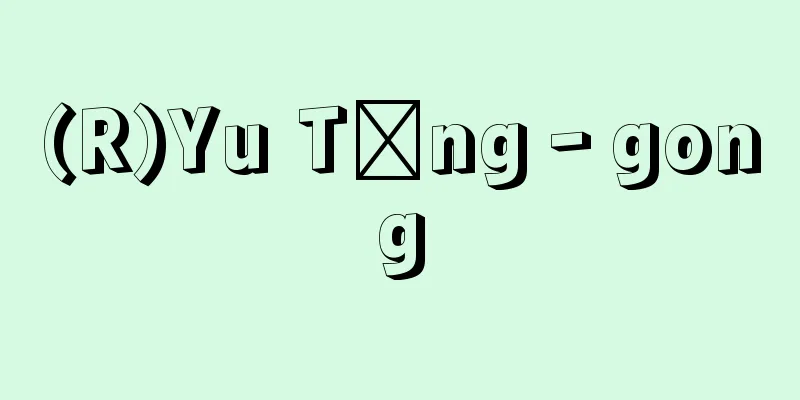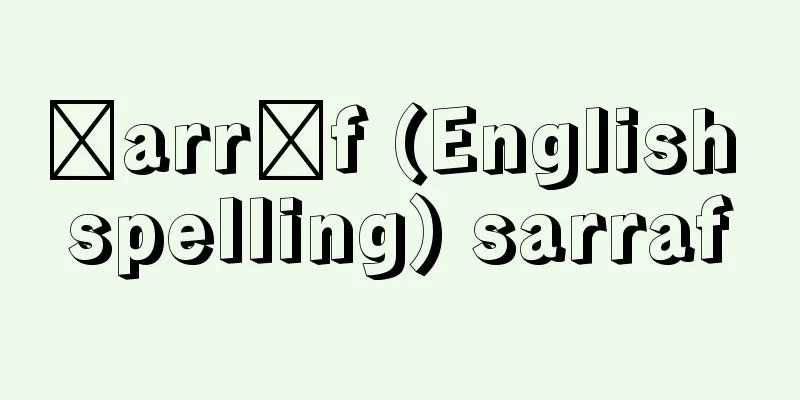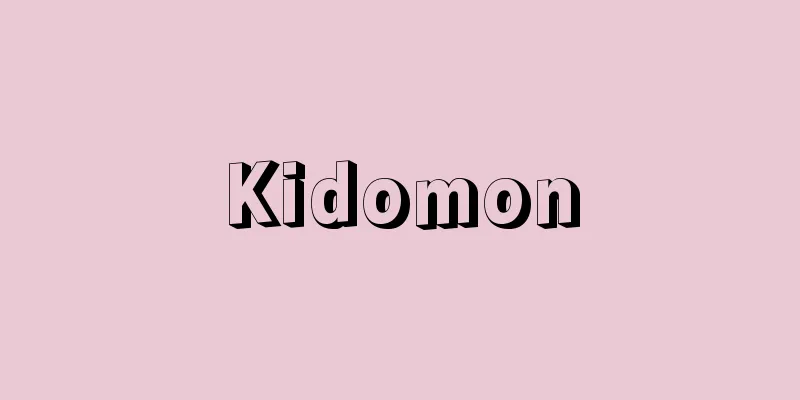Harita

|
…The Scandinavian words for green, such as green (English) and grün (German), originally share the same etymology as words meaning “to grow” (such as grow), and this is also the color of growing grass. The Sanskrit word harita means both green and yellow, and there are many examples in the Indo-European language family where green and yellow share the same etymology. This is probably because young green is close to yellow. … *Some of the terminology explanations that mention "harita" are listed below. Source | Heibonsha World Encyclopedia 2nd Edition | Information |
|
…緑を意味する北欧系の語green(英語),grün(ドイツ語)などはもともと〈育つ〉を意味する語(growなど)と語源を共にし,これもまた伸び育つ草の色である。サンスクリットのharitaは緑とともに黄をも意味するが,インド・ヨーロッパ語族では緑と黄とが語源を共通にする例も多い。これは若緑が黄に近いからであろう。… ※「harita」について言及している用語解説の一部を掲載しています。 出典|株式会社平凡社世界大百科事典 第2版について | 情報 |
>>: HariRud (English spelling)
Recommend
Weiterverweisung
...In the above example, the address of the decea...
mullet
...It is characterized by its oily eyelids and la...
Ongenron - Ongenron
…Although there is no academic tradition that fol...
Homology - Homologie (English spelling)
Homology is a fundamental concept in combinatoria...
clasping
…In the spring, frogs move from their habitats on...
Emperor Buretsu
Date of birth and death unknown. According to the...
Ome Forestry - Oume Forestry
…Most of Okutama was shogunate territory during t...
Mauveine
…It is also called Mauveine. It is significant as...
Mirror lion
Kabuki dance. Nagauta. Original title: "Shun...
executive power
...The second point of terminology is that the ac...
Volleyball - ba-re-bo-ru (English spelling) volleyball
A ball game in which two opposing teams hit the b...
Eudyptes robustus (English spelling)
… [Hiroyuki Morioka]. … *Some of the terminology ...
Melierax metabates
...In Japan, there are four species of birds, fro...
Surface hardening - Hyomen yakiire (English spelling) surface hardening
This is a method of hardening only the surface lay...
Quilmes (English spelling)
A city in the northeast of Buenos Aires Province, ...






![Kashima [town] - Kashima](/upload/images/67cb32d88b7cf.webp)


